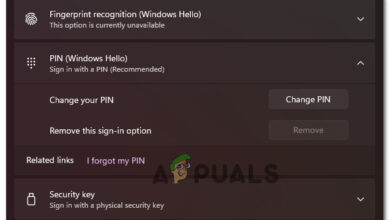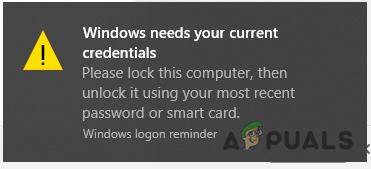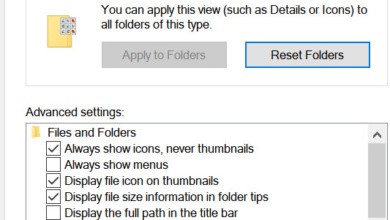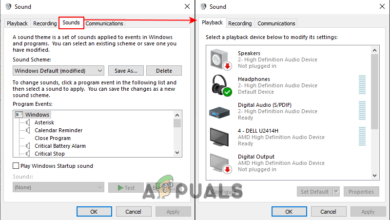How to Prevent Apps from Accessing Camera in Windows?
These days most of the laptops and tablets come with a camera in it. Windows 10 also provides a Camera feature that can be accessed by other applications too. Some users do not want the camera accessed by every application on their system. While others will not use the camera feature for any of the applications. In this article, we will provide methods through which users can prevent camera access for applications.
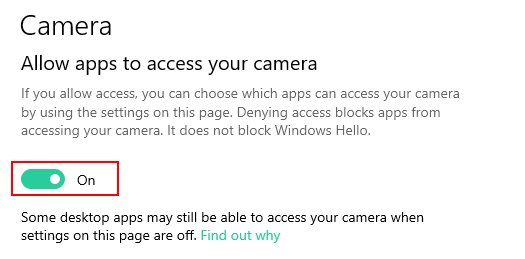
There are several ways of disabling the camera access for apps on your system. We have included, the default method, which is by configuring the privacy settings in the Windows settings. There is also the Group Policy Editor option which does the same job with additional options. Also, there is a Registry Editor method because Group Policy Editor is not available in the Windows Home edition.
Disabling Camera Access for Apps through Windows Settings
Most of the common and required settings can be found in the Windows Settings. This is easy to open and the default way for configuring the camera access for applications. The user just needs to modify the toggle option from On to Off. Follow the below steps to check how it works and what are other options available there:
- Hold the Windows key and press the I key to open the Windows Settings. Click on the Privacy setting in the Settings window.
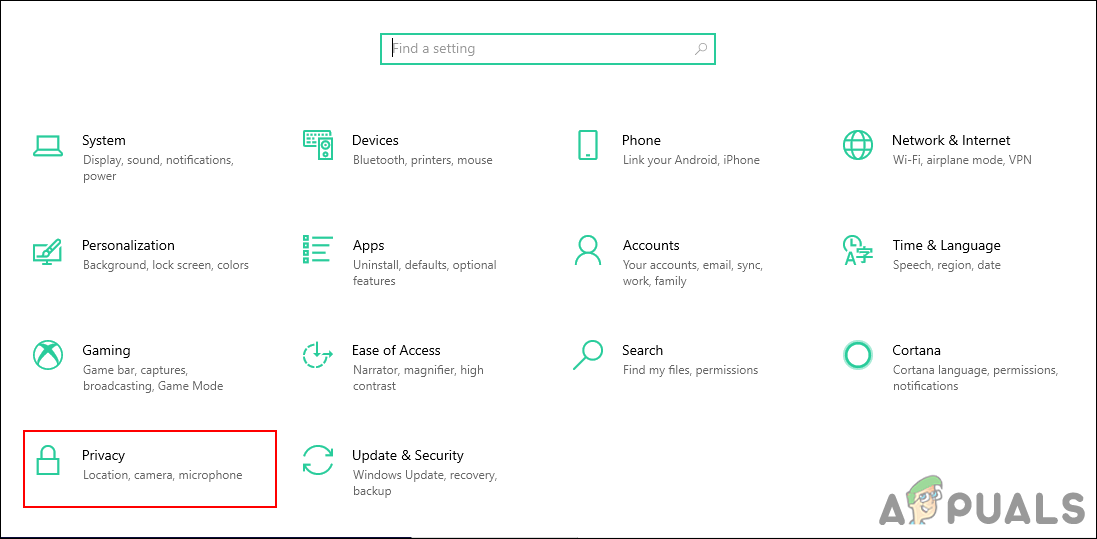
Opening privacy settings in the Windows settings - Select the Camera option on the left side in the App permissions section. Scroll down you will find a toggle for “Allow apps to access your camera“, click on it to turn it Off.
Note: You can also select a specific application in the list and turn the camera access off for only that application. At the bottom, you can also turn Off access to desktop apps.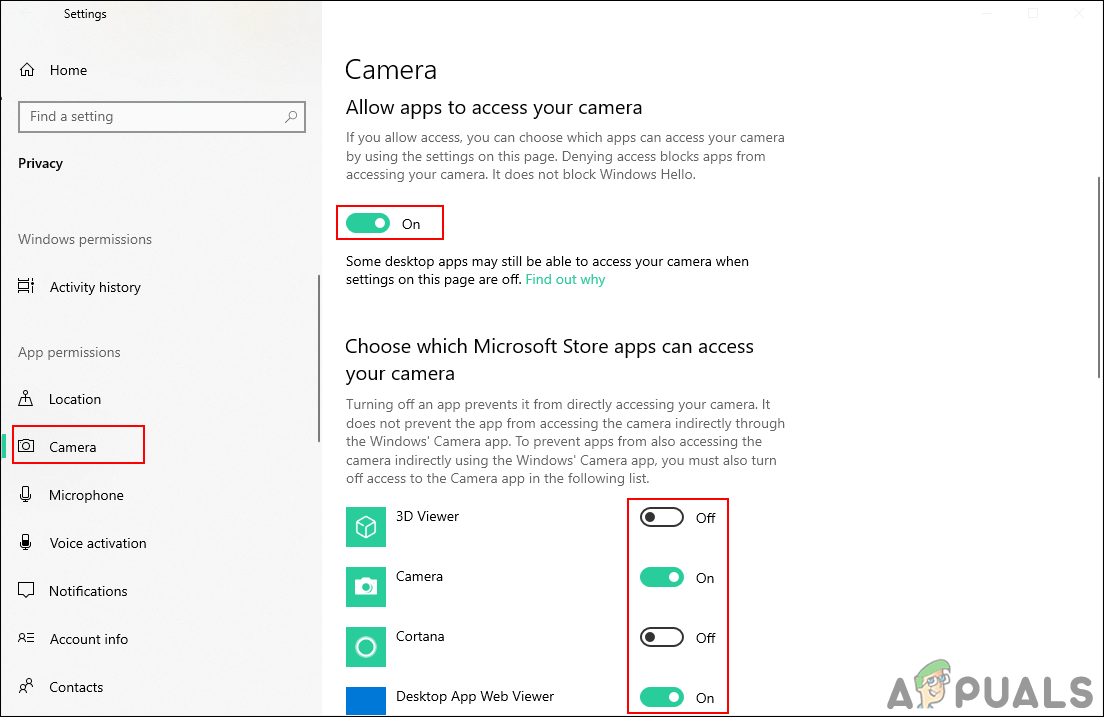
Changing the Camera Access settings - This will disable the access of camera for applications on your system.
Disabling Camera Access for Apps through the Local Group Policy Editor
This policy comes in the section of the Windows components. The Local Group Policy Editor has all of the settings for your operating system. It is pretty easy to configure a setting in the Group Policy Editor without any risk and issues. It also provides the additional option that you can configure in this specific setting.
If you are using a Windows 10 Home Edition, then skip to the Registry Editor method.
However, If you have the Local Group Policy Editor on your system, then follow the below steps to try it out:
- Press the Windows + R keys to open a Run dialog. Type “gpedit.msc” and press the Enter key to open the Local Group Policy Editor.
Note: Choose Yes option for the User Account Control prompt.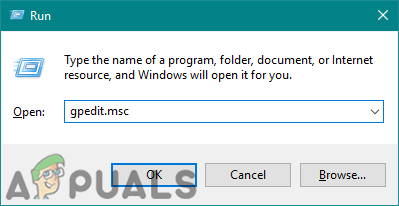
Opening Local Group Policy Editor - In the Local Group Policy Editor window, navigate to the following path:
Computer Configuration\ Administrative Templates\ Windows Components\ App Privacy
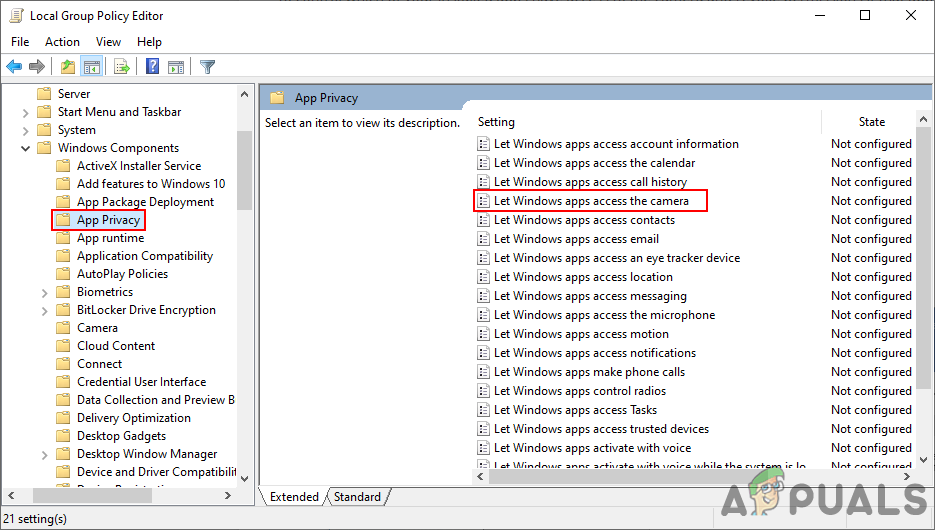
Navigating to the setting - Double-click on the “Let Windows apps access the camera” setting. You can choose the Enabled option and then provide the Package Family Names (PFN) of apps in the following three boxes for different options as stated. Click the Apply/Ok button to save the changes for this setting.
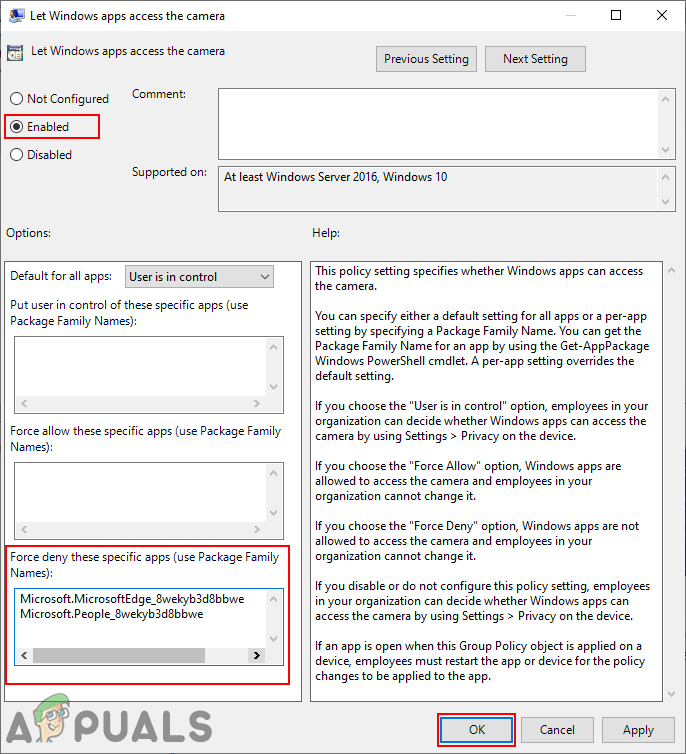
Changing the setting - To find Package Family Name (PFN), search for PowerShell in the Windows search feature and open it as an administrator. Now here type the following command:
Get-AppxPackage -Name "Microsoft.MicrosoftEdge"

Finding the Package Family Name - Microsoft.MicrosoftEdge is a package name. You can find all the package names by the following command:
Get-AppxPackage -AllUsers | Select Name, PackageFullName
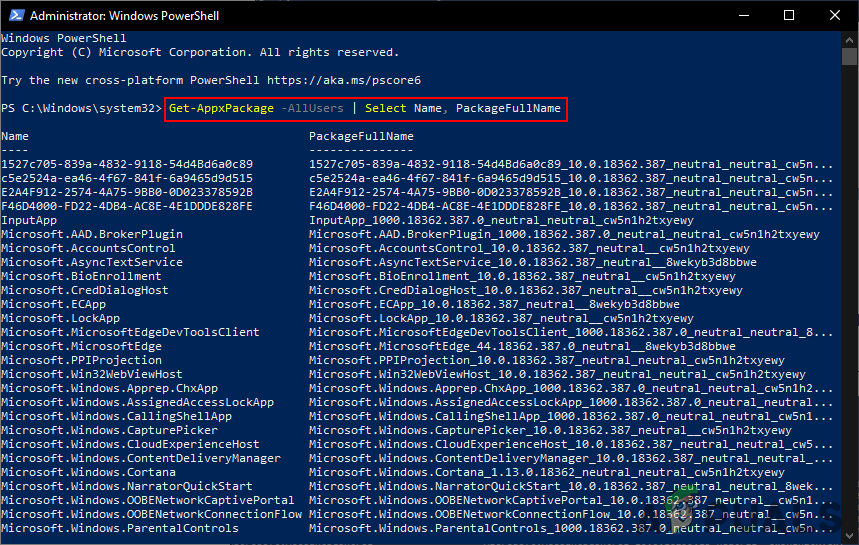
Finding all the package names on your system - This will disable the camera access to the applications on your system.
Disabling Camera Access for Apps through Registry Editor
Registry Editor is available in all versions of Windows. Everything that a user can do in the Local Group Policy Editor can also be done in the Registry Editor. However, the user will have to create the missing key/value for the specific setting. Also, if you are not sure about using the Registry Editor, then create a backup of your registry by the export feature in it. Follow the below steps to make it work:
- Open a Run dialog by pressing the Windows + R keys together. Type “regedit” in the box and press Enter to open Registry Editor. Also, choose Yes for the User Account Control prompt.
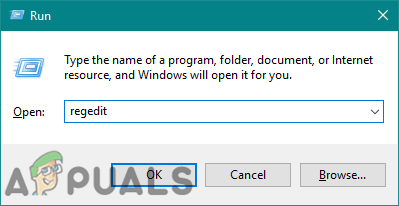
Opening the Registry Editor - Navigate to the following key in the Registry Editor. If any key is missing just create it:
HKEY_LOCAL_MACHINE\Software\Policies\Microsoft\Windows\AppPrivacy
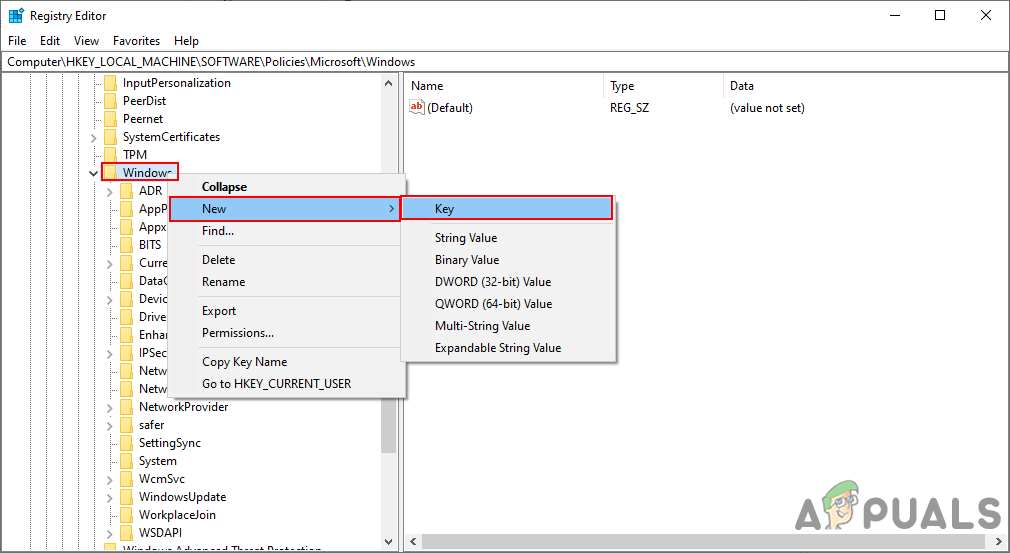
Creating missing key - Create a new value “LetAppsAccessCamera” by right-clicking on the right pane and choosing New > DWORD (32-bit Value). Double-click on it and change the value data to 2.
Note: This setting in this value will be considered as a default value for all applications. The value data 0 is for the user in control, 1 is for the force allow, and 2 is for the force deny.
Creating new value and changing value data - If you want to create a value of these three options where you can add applications names like in Group Policy Editor. Then create three values by right-clicking on the right pane and choosing New > Multi-String Value option. Name them as “LetAppsAccessCamera_UserInControlOfTheseApps“, “LetAppsAccessCamera_ForceAllowTheseApps“, and “LetAppsAccessCamera_ForceDenyTheseApps“.
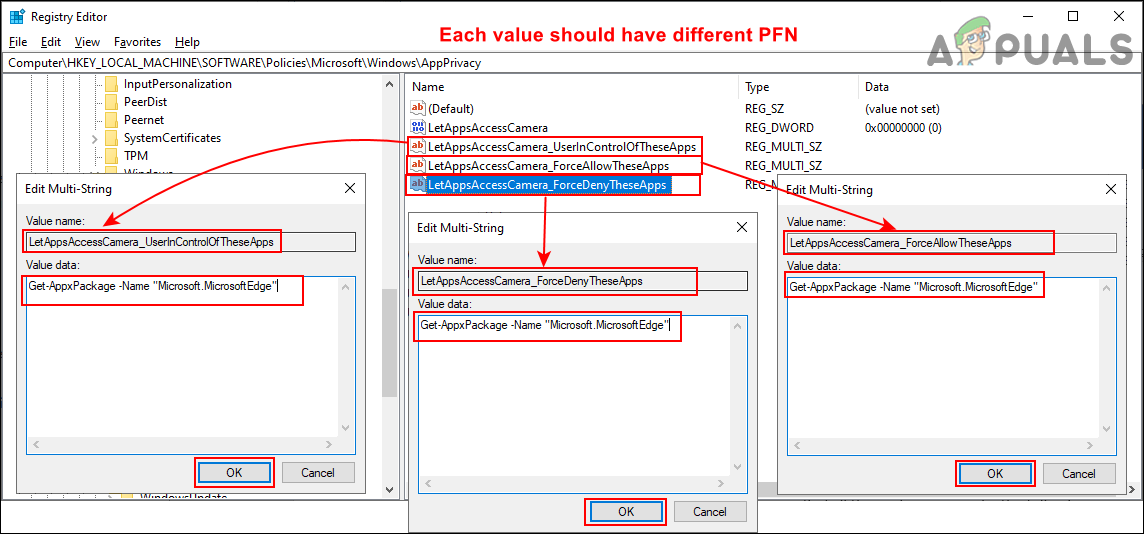
Creating three different value for different options Note: You can guess the work of these three values by their names.
- Then you can open any value and put the Package Family Names (PFN) in it to change the setting for that specific application. The above screenshot is just to give you an idea about how you can write in one of those values. Not the same PFN in all values.
- After all the modifications, make sure to restart the computer to let the changes take effect.


